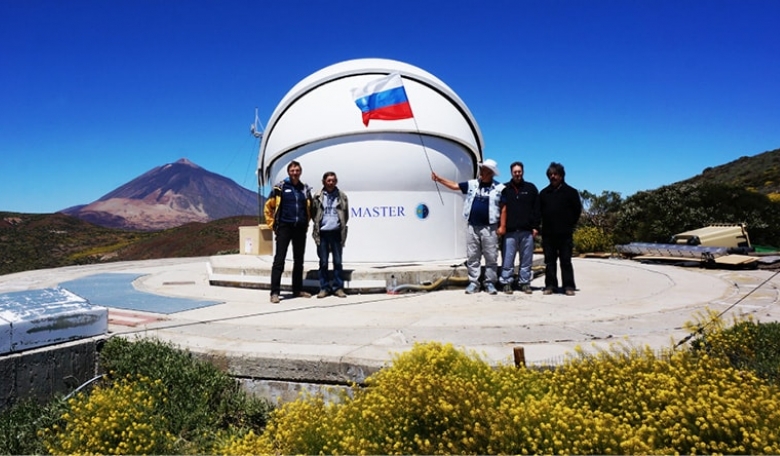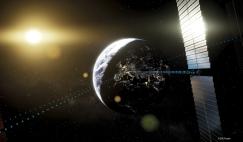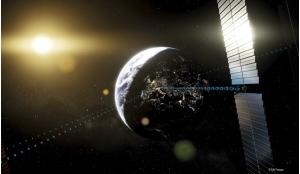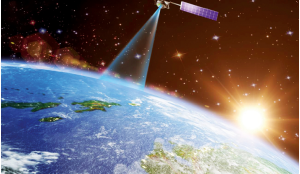With a commanding name such as MASTER, it is expected that the Russian-made global robotic system for monitoring near-Earth and outer space has big things in store - and indeed it does. MASTER has already proved its worth by surpassing all of the world’s optical telescopes, including the best American observational telescope PanSTARRS, when it reported on the first optical follow-up observations of the historic gravitational wave event GW150914 that occurred in 2015. Aside from tracking potentially dangerous asteroids and helping to shed light on mysterious bursts known as kilonova, the MASTER network also has plans to help ascertain the true expansion rate of the Universe.
At the beginning of the 21st century it became obvious that using small-diameter (up to one metre) robotic telescopes in astronomy allowed for breakthroughs in observing non-stationary and short-lived events in the Universe. With the help of robotic observatories that were built in developed countries it was possible to discover the optical emissions of some of the brightest emissions in the Universe – gamma-ray bursts (GRBs).
By analysing the light from a number of exploding stars (Type 1a supernovae), robotic observatories have also helped in the discovery that the Universe is expanding at an accelerated rate due to the existence of a mysterious force known as dark energy. The astronomers who studied this phenomena have since won the Nobel Prize for Physics in 2011. Not only that, but robotic telescopes now discover hundreds and thousands of new small bodies in and outside of the Solar System from exoplanets to dangerous asteroids and meandering comets.
However, it should be emphasised that robotic telescopes are not simply automated systems capable of working remotely under human guidance. Some are able to work autonomously by selecting observation strategies while automatically receiving and processing images, locating new objects from those images and reporting these discoveries to interested parties (such as emergency services, agencies, etc), or publishing the information in special scientific or departmental online publications. Indeed, this is what the MASTER network was developed to do.
Find out more about the MASTER network and its role in research and protecting the Earth from asteroids in the full version of the article, available now to our subscribers.














